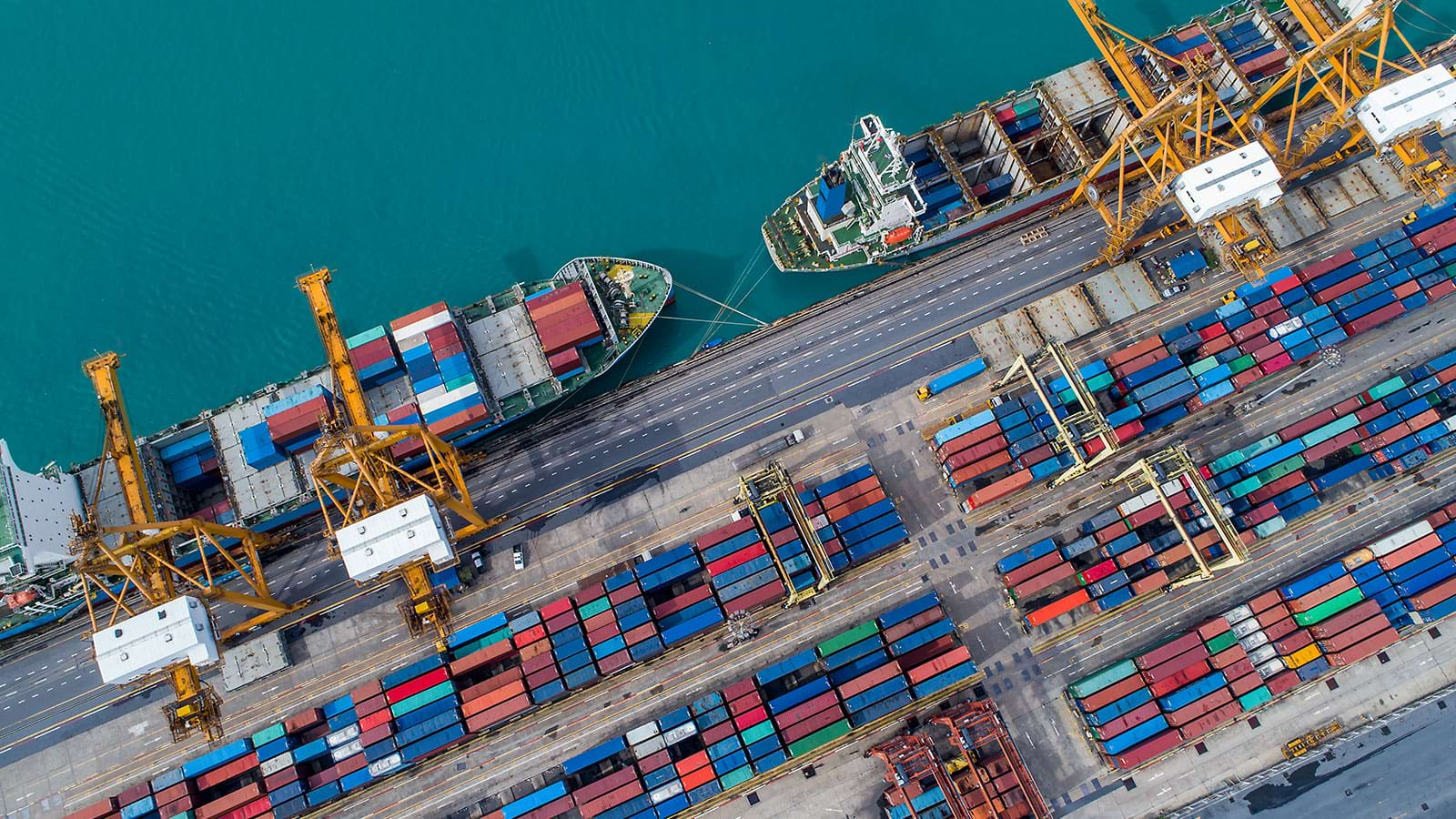Operations consulting: Optimise your organisation and solve operational challenges to find and deliver growth opportunities
Transform your operations
There's never been a more critical time to optimise your assets and people to create competitive advantage. In a world where change is constant, you need to be leveraging the latest operational and digital tools to serve your customer and markets in the best possible way.
We have wealth of expertise executing programmes of work and have great client experiences to share. We'll help you pivot to new operations frameworks optimised to your business strategy and workforce need.

Operations consulting services
- Business and operating model transformation
- Supply chain and procurement
- Supply Chain & Operations Managed Services
- Operations excellence and automation
- Asset lifecycle management
- Product development and innovation
- Perform Plus
Business and operating model transformation
The effectiveness of your operating model has a significant impact on whether your business achieves its overall strategic objectives. An effective business operating model will set you and your employees up for success, meeting customer, shareholder and other stakeholder needs.
We’ve helped organisations undergo operating model transformation with great success. With markets becoming tougher due to changes in customer behaviour, business disruption, increasing regulatory complexity and slow economic growth, it’s vital that your operating model is fit for purpose.
Supply chain and procurement
You’ve got your business strategy in place. It’s planned in meticulous detail. But without operations that can support and enhance your strategy it can never be the success you envision. Procurement and supply chain are fundamental functions for efficient operations, and key to success.
The motivation to review Procurement and supply chain methods in times of economic downturn have typically been to cut costs. The emphasis now is changing to more strategic cost reductions and a focus on value-adding activity. Altering Procurement and supply chain methods create a more efficient process that meets the shifting demands of customers and markets.
Supply Chain & Operations Managed Services
We help organisations to respond to unprecedented challenges in complex and often globalised supply chains and operations, disruption of markets through technology and the need to proactively manage ever changing demands for products and services from customers.
Optimising productivity in operations and supply chains is no longer a nice to have - it's critical to survival. In this environment, procurement functions and operations need to lead from the front to drive change, as a key strategic enabler for the business.
Operations excellence and automation
Operational Excellence is the cultural transformation and technical enablement of business that allows it to perform optimally and achieve its strategic objectives. Sounds simple, but it’s a method that has far reaching implications for any organisation.
Even tough business process improvement projects can be carried out in a specific department or business function, they have greatest impact when implemented throughout an organisation.
Asset lifecycle management
Asset lifecycle management is the development and operation of a business’ physical assets to deliver optimum value from them throughout their lifecycle. If your organisation’s physical assets are poorly maintained, not operated efficiently, have a lot of downtime, or are no longer fit for purpose then the detrimental impact on your business can be far reaching.
By strategically maintaining your assets to an optimum level it is possible to maximise uptime and productivity. Asset lifecycle management helps you stay on top of your asset portfolio.
Product development and innovation
Innovation is essential for sustained business success. Is your company able to deliver new products and services to market quickly and efficiently? Do you think about future markets, their wants and needs? If you do, you’ll be positioned to grow your market share where you otherwise may have lost it to competitors. Without a proper strategy for innovation and product development you run the risk of efforts being haphazard, delayed and costing far more than expected.
Our consultants help organisations build, own and deliver successful strategies and capabilities to optimise product and service innovation. We focus on empowering and enabling our clients to fully understand their strategy and we work with their teams to bring it to life.
Perform Plus
An amazing business starts with amazing teams. Great people performance has always been about the fundamental elements: working together, working smart and learning every day. Perform Plus doesn’t just enable those behaviours, it grows them.
Beyond Change
People and organisations are facing change. You need an adviser that understands this change and provides certainty. One that can show your organisation what’s possible. One that reshapes your strategy and defines the skills and technology required to deliver the transformation you need. Whether refining or reinventing what you do, we’ll help you see beyond change, to opportunity.
Visit the Transformation hub
Work with us
Meet our people. See our work. Join our team.
Search and apply
“We're one of the world's leading professional services organisations. From 150 countries, we advise some of the world’s most successful organisations, as well as its most dynamic entrepreneurs and thriving private businesses. Join us and you’ll work closely with the best in industry, finance and government in the UK and abroad, bringing fresh insights and motivation to the problems they face.”







